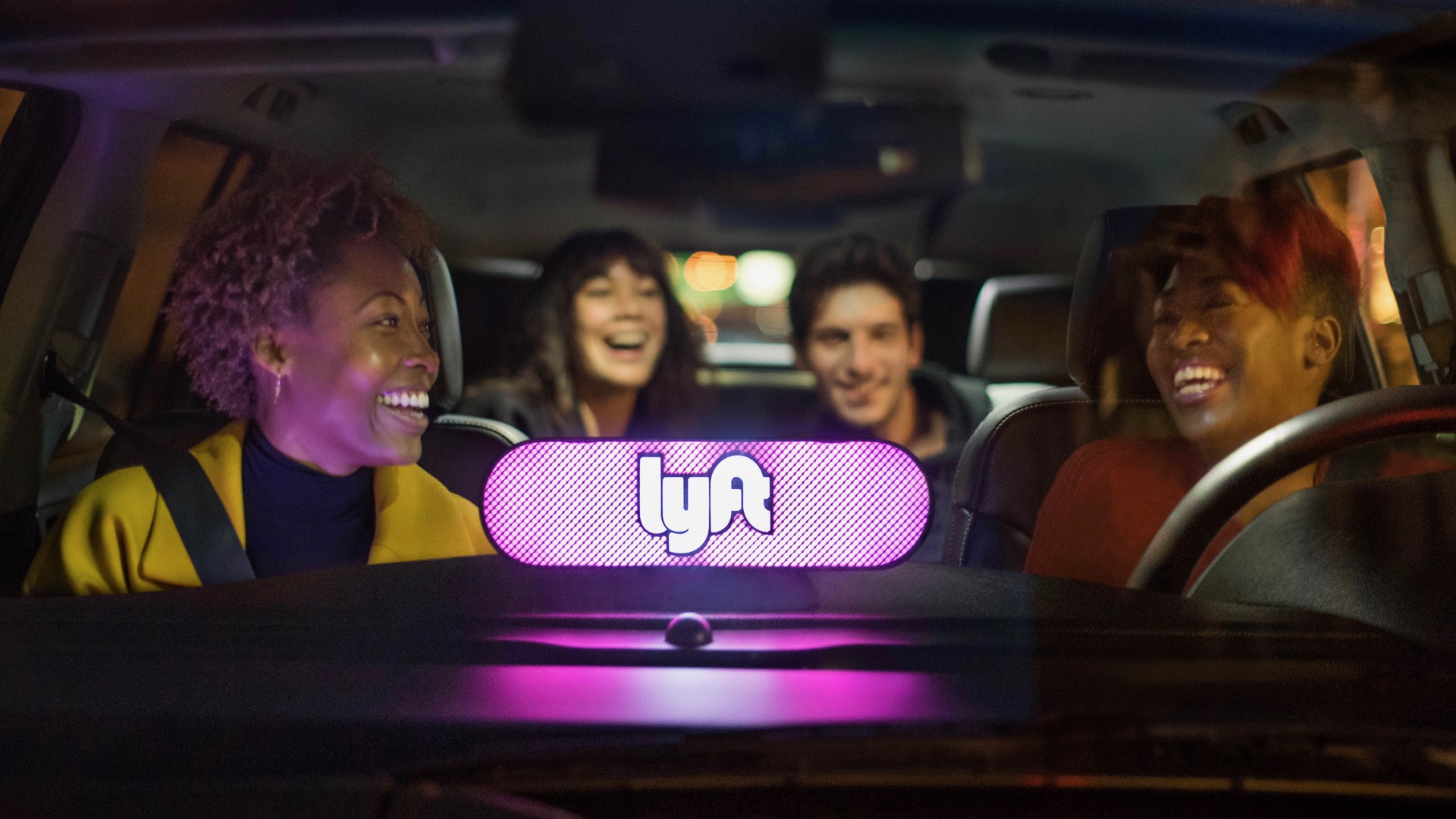

Putting multiple passengers in the same ride-hailing car is more efficient, but no one likes fighting for rear-seat elbow room. Lyft is trying to make sharing cars more attractive with “Shared Saver,” a new option the company claims will offer lower prices.
In a blog post, Lyft said Shared Saver will allow customers to “lock in the lowest prices,” noting that Shared Saver rides won’t be subject to surge pricing. As with all Lyft rides, though, actual pricing will vary based on the estimated time and distance of the trip.
The catch is that passengers have to both share a car with other Lyft customers, and walk to their pickup point. That’s something Lyft instituted in 2017 in order to make pickups more convenient for drivers and to address the problem of stopped cars blocking traffic. It also makes coordinating pooled rides easier, since multiple passengers can be picked up and dropped off at central points. Lyft said riders will only be asked to walk “a few blocks, max.” The drop-off point will also be a short walk from each rider’s final destination.
Rides can select the Shared Saver option in the Lyft app. Once confirmed, the app will designate a pickup point and provide walking instructions. It will also provide walking instructions to get each passenger from the drop-off point to their destinations. The service launches in Denver and San Jose, with other markets to follow at a later date, according to Lyft.
Putting more than one person in each car can reduce the number of cars on the road, an important consideration for ride-hailing services like Lyft. But even pooled services can increase traffic in cities, according to a study by transportation consultant Bruce Schaller. According to the study, these services still pull too many riders away from the ultimate form of shared transportation: public transit.
Getting people to use pooled services is another issue. Ford recently shut down its Chariot service, which used vans to shuttle groups of commuters around cities, due to low demand. However, Via remains in operation using a similar business model and is bullish about the future of so-called “micro transit” services where passengers share vehicles.